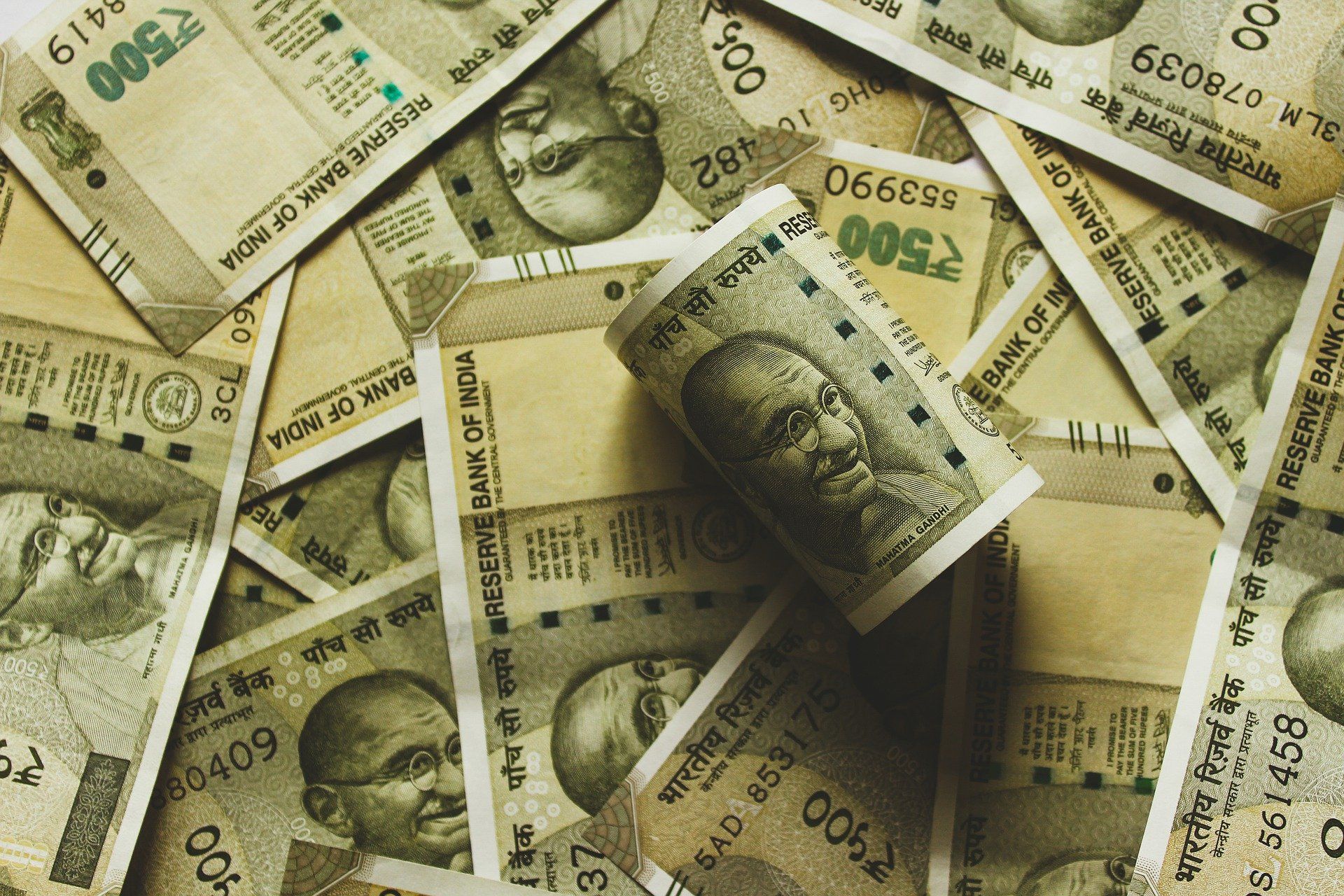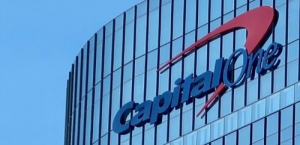Many seek investments in safe schemes, that might not give a considerable return, while some make risky investments for better returns. If you belong to the former category, you can put your money in bank fixed deposit, Public Provident Fund, or Sukanya Samriddhi Yojana.
Also read: I-T Department’s new e-filing portal has these new features
However, you need to pay a certain amount on the income you generate through these schemes.
So, before investing, have a look at how the income generated through these schemes are taxed:
Fixed deposit
It’s a safe investment option, without any market risks. All banks generally offer 5.4-5.5% interest rates on fixed deposits. However, it is completely taxable and banks charge 10% TDS (tax deduction at source) on the income generated by investing in this scheme.
Public Provident Fund (PPP)
A small savings scheme, PPF is a good option if you’re seeking a safer option to put your money in. The PPF qualifies for income tax deduction under section 80C of the Income Tax Act. This section, highly popular amongst taxpayers, allows the reduction of taxable income by making tax-saving investments or incurring eligible expenses.
Also read: How lenders recover loans if the borrower dies?
Even after its maturity, you’re not charged for the income generated by investing in this scheme.
Sukanya Samriddhi Yojana (SSY)
Launched in 2015, the Sukanya Samriddhi Yojana is a safe saving scheme for the parents of a girl child. It encourages the girl’s parents to build a fund for their child’s education and marriage.
Just like PPF, this scheme is qualified for tax deduction under Section 80C.
Also read: What is global minimum tax rate?
The Centre has kept the interest rates on both PPF and SSY unchanged for the second quarter that began on July 1. The interest rate for SSY is 7.6% and that for PPF is 7.1%.







